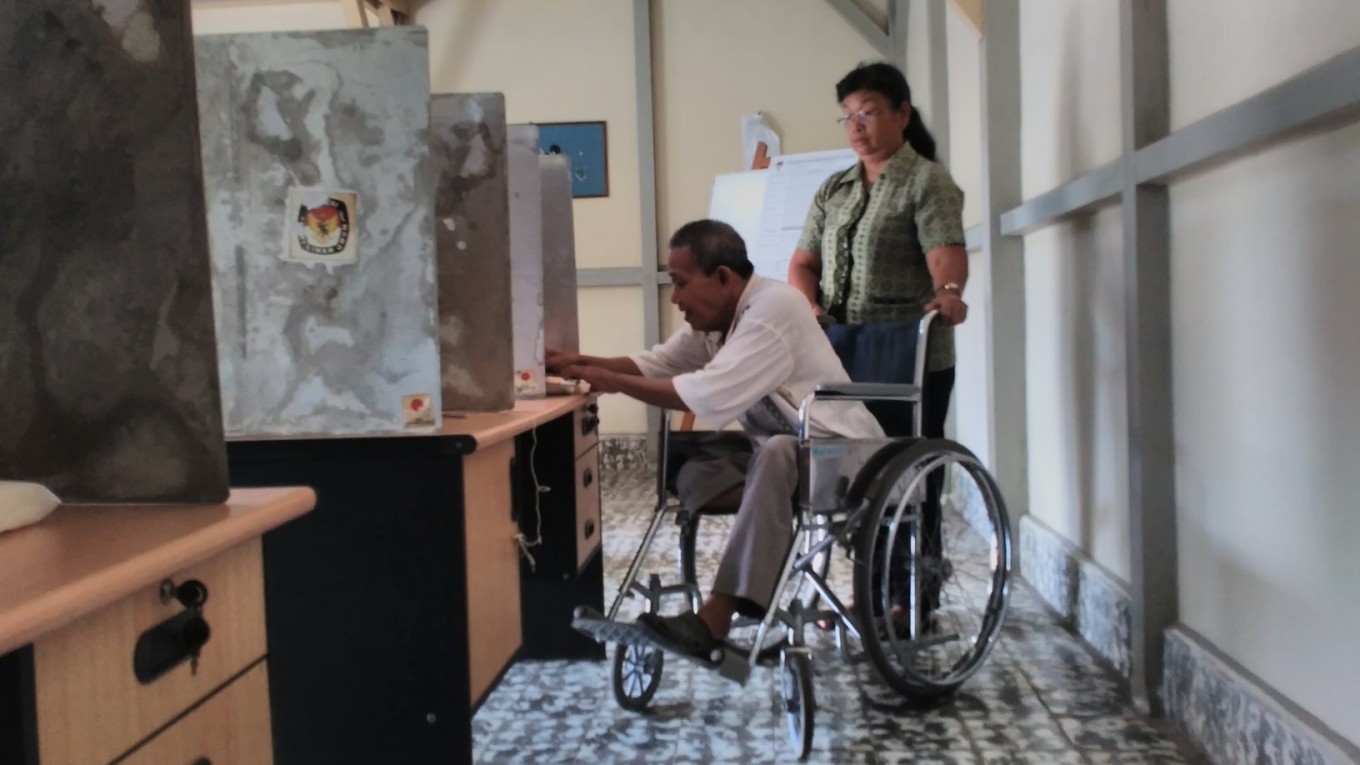Popular Reads
Top Results
Can't find what you're looking for?
View all search resultsPopular Reads
Top Results
Can't find what you're looking for?
View all search resultsLeprosy must not be forgotten amid COVID-19 pandemic
There are still endemic areas and scattered hot spots of leprosy in many countries.
Change text size
Gift Premium Articles
to Anyone
T
he 74th World Health Assembly (WHA) takes place from May 24 to June 1. This year’s gathering is likely to be all about COVID-19, but here I want to talk about a different disease—leprosy—and a resolution that was adopted at the WHA exactly 30 years ago.
This resolution called for the elimination of leprosy as a public health problem at the global level by the year 2000, with elimination defined as a prevalence rate of less than 1 case per 10,000 population. It was a landmark resolution for the time.
Leprosy, also known as Hansen’s disease, is a chronic infectious disease caused by the bacillus Mycobacterium leprae. It mainly affects the skin and peripheral nerves and is said to be one of the oldest diseases in human history. Today an effective treatment exists in the form of multidrug therapy (MDT) and with early detection and treatment the disease is completely curable.
But if treatment is delayed, leprosy can cause impairments to the skin, nerves, face, hands and feet, and lead to permanent disability. This, taken together with long-held beliefs about the disease, has subjected persons affected by leprosy as well as their family members to severe discrimination, which continues to this day.
I believe that the discrimination and hostility toward coronavirus patients, their families and health personnel that has been reported in different parts of the world over the past year has its roots in society’s attitudes toward leprosy.
According to the World Health Organization (WHO), around 200,000 new cases of leprosy are reported each year and there are some 3-4 million people living with visible impairments or deformities due to leprosy. Indonesia sees around 17,000 new cases annually, the third-highest number after India and Brazil.
Over the past three decades, most countries, including Indonesia, have eliminated leprosy as a public health problem as defined by the WHO. Unfortunately, this does not mean that leprosy has disappeared from the world. There are still endemic areas and scattered hot spots of leprosy in many countries. Furthermore, stigma and discrimination toward persons affected by leprosy persist.
Since becoming WHO goodwill ambassador for leprosy elimination in 2001, I have visited some 120 countries and observed the situation on the ground for myself. This has led me to think of leprosy in terms of a motorcycle: the front wheel symbolizes curing the disease, and the back wheel represents eliminating discrimination. Unless both wheels are turning at the same time, we will not reach a complete solution.
As regards the front wheel, the WHO recently announced the ambitious goal of a 70 percent reduction in new cases of leprosy by 70 percent by 2030 in its Global Leprosy Strategy for 2021-2030. In order to reach this goal, there will need to be commitments and financial support from governments; this is not something the WHO can achieve on its own.
Concerning the rear wheel, I have worked hard to have leprosy recognized internationally as a human rights issue since the early 2000s, when I first approached the Office of the UN High Commissioner for Human Rights. One result has been the resolution on elimination of discrimination against persons affected by leprosy and their family members, adopted by the UN General Assembly in 2010. But the real measure of success will be when principles and guidelines accompanying the resolution are fully implemented.
Over the past half-century, the dedication of a great many people has brought us a step closer to a world without leprosy. Now, in the midst of the COVID-19 pandemic, it is important that leprosy is not overlooked and we continue our dogged efforts against it. Recalling how the world came together against leprosy 30 years ago, let’s complete the job of vanquishing a disease that has been a common enemy of humankind for more than 1,000 years.
***
The writer is WHO goodwill ambassador for leprosy elimination, the Japanese government goodwill ambassador for the human rights of persons affected by leprosy and chairman of The Nippon Foundation.










